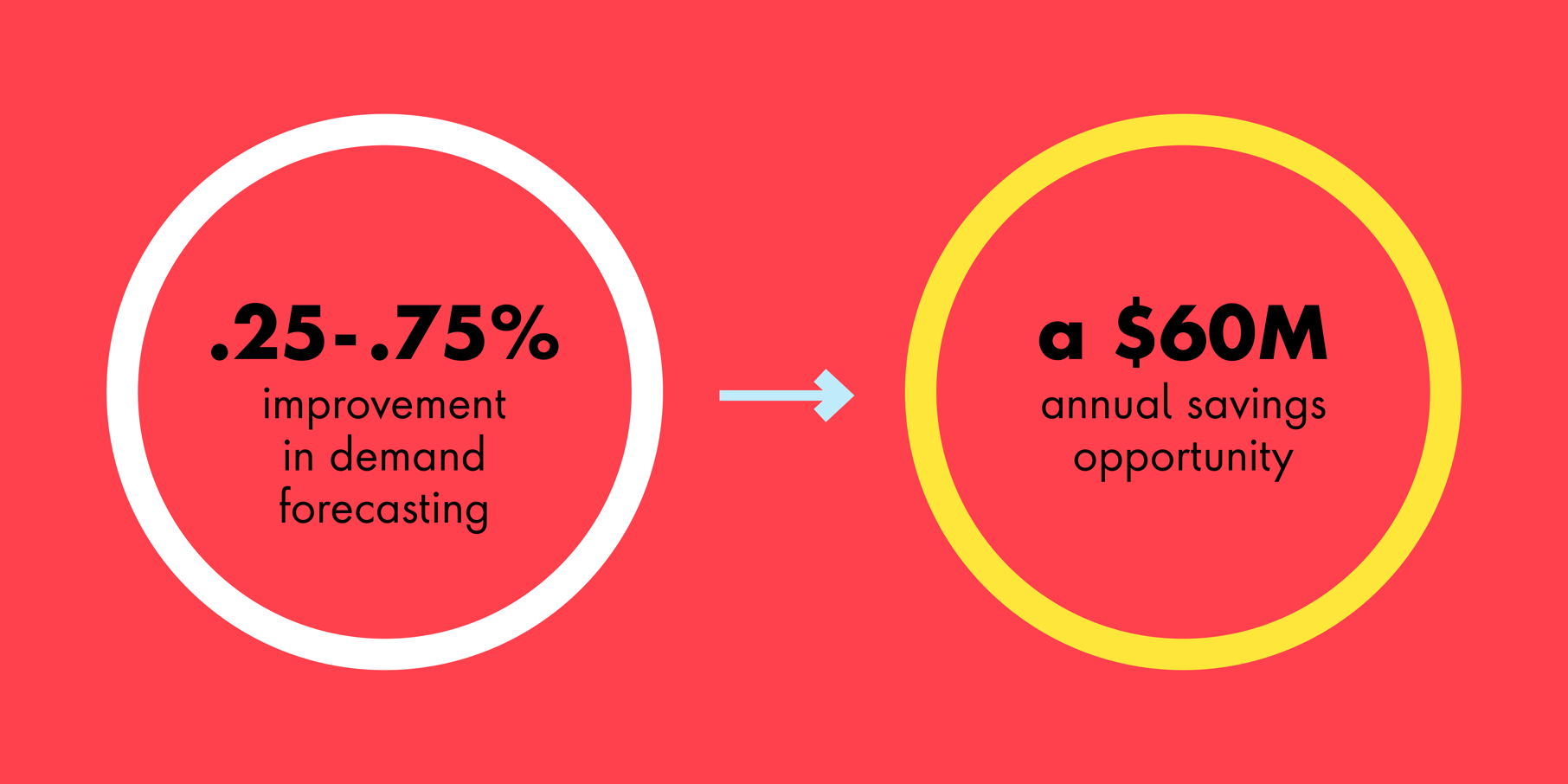A recent survey of C-suite executives revealed that six in ten had plans to increase their organization’s AI budget by more than 50 percent in the coming year. That sounds like progress—but is it?
As companies continue to grow their data capabilities, many large established organizations—traditional retailers among them—may be guilty of building and deploying AI solutions in a siloed way, segmenting efforts according to business function, as opposed to taking a holistic view of the organization. Working in this way compartmentalizes data, algorithms and insights by group, preventing organizations from unlocking the full value of their AI investments across the business.
On the other hand, taking an enterprise-wide, cross-function approach, organizations can improve the scalability of their AI efforts, creating value for the organization in the form of improved speed and accuracy, as well as operational efficiencies and cost savings.
These are the principles of algorithmic retail, a customer-centric platform that cuts across organizations silos to create enterprise-wide application of AI, machine learning, and other mathematical techniques to boost conversion and increase cross-sell and up-sell, while minimizing returns and shipping costs.
















